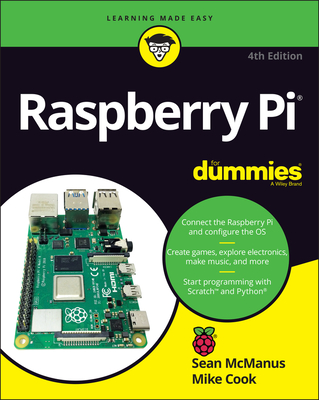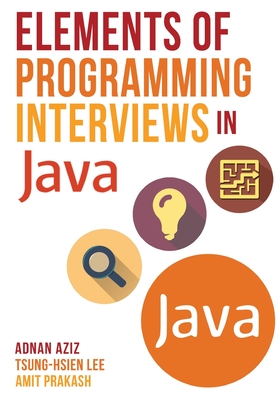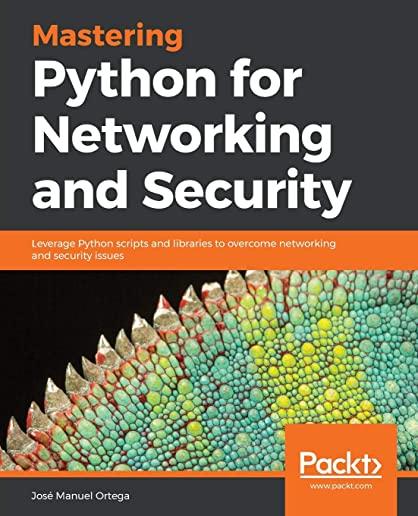Linux Security (LFS416) Training in Palmdale
Enroll in or hire us to teach our Linux Security (LFS416) class in Palmdale, California by calling us @303.377.6176. Like all HSG
classes, Linux Security (LFS416) may be offered either onsite or via instructor led virtual training. Consider looking at our public training schedule to see if it
is scheduled: Public Training Classes
Provided there are enough attendees, Linux Security (LFS416) may be taught at one of our local training facilities.
|
We offer private customized training for groups of 3 or more attendees.
|
||
Course Description |
||
| This advanced, completely hands-on course adopts a highly technical
approach to cover important security techniques and tools. By providing
visibility both into attack vectors and possible security holes, this
course provides you a complete guide on how to mitigate security risks
in any Linux environment. You will get direct experience with:
Assessing security risks in your enterprise Linux environment. The best
techniques and tools to increase security. Server hardening Deploying
monitoring and attack detection tools. Gaining visibility into possible
vulnerabilities. Developing your Linux security policy and response
strategy. Configuring your systems for compliance with HIPAA, DISA STIG,
etc. And more.
Course Length: 4 Days
Course Tuition: $2800 (US) |
||
Prerequisites |
|
| Attendees should: Have a solid understanding of core local system administration and networking concepts and be experienced with Linux (or more generally UNIX), especially at the command line level. | |
Course Outline |
|
Introduction
Linux Foundation
Linux Foundation Training
Logistics
Introduction to Security
What is Security
Threats and Risk Assessment
Types of Attacks
Trade Offs
Physical Access
Physical Security
Hardware Security
Understanding the Linux Boot Process
Logging
Logging Overview
Syslog Services
The Linux Kernel Audit Daemon
Linux Firewall Logging
Log Reports
Auditing and Detection
Auditing Basics
Understanding an Attack Progression
Detecting an Attack
Intrusion Detection Systems
Application Security
Bugs, Beetles, and More
Tracking and Documenting Changes
Resource Access Control
Mitigation Techniques
Policy Based Access Control Frameworks
Real World Example
Kernel Vulnerabilities
Kernel and User Spaces
Bugs
Mitigating Kernel Vulnerabilities
Vulnerabilities Examples
Authentication
Encryption and Authentication
Passwords
Hardware Tokens
Biometric Authentication
Network and Centralized Authentication
Local System Security
Standard UNIX Permissions
Administrator Account
Advanced UNIX Permissions
Filesystem Integrity
Filesystem Quotas
Network Security
TCP/IP Protocols Review
Remote Trust Vectors
Remote Exploits
Network Services Security
Network Tools
Databases
Web Server
File Servers
Denial of Service
Network Basics
DoS Methods
Mitigation Techniques
Remote Access
Unencrypted Protocols
Accessing Windows Systems
SSH
IPSEC VPNs
Firewalling and Packet Filtering
Firewalling Basics
Netfilter (IPTables)
Netfilter Implementation
Mitigate Brute Force Login Attempts
Response and Mitigation
Preparation
During an Incident
Handling Incident Aftermath
Conclusion
|
Course Directory [training on all levels]
Technical Training Courses
Software engineer/architect, System Admin ... Welcome!
- .NET Classes
- Agile/Scrum Classes
- Ajax Classes
- Android and iPhone Programming Classes
- Blaze Advisor Classes
- C Programming Classes
- C# Programming Classes
- C++ Programming Classes
- Cisco Classes
- Cloud Classes
- CompTIA Classes
- Crystal Reports Classes
- Design Patterns Classes
- DevOps Classes
- Foundations of Web Design & Web Authoring Classes
- Git, Jira, Wicket, Gradle, Tableau Classes
- IBM Classes
- Java Programming Classes
- JBoss Administration Classes
- JUnit, TDD, CPTC, Web Penetration Classes
- Linux Unix Classes
- Machine Learning Classes
- Microsoft Classes
- Microsoft Development Classes
- Microsoft SQL Server Classes
- Microsoft Team Foundation Server Classes
- Microsoft Windows Server Classes
- Oracle, MySQL, Cassandra, Hadoop Database Classes
- Perl Programming Classes
- Python Programming Classes
- Ruby Programming Classes
- Security Classes
- SharePoint Classes
- SOA Classes
- Tcl, Awk, Bash, Shell Classes
- UML Classes
- VMWare Classes
- Web Development Classes
- Web Services Classes
- Weblogic Administration Classes
- XML Classes
Business Training Courses
Project Managers, Business Analysts, Paralegals ... Welcome!
Upcoming Classes
Gain insight and ideas from students with different perspectives and experiences.
- Introduction to Spring 5 (2022)
16 December, 2024 - 18 December, 2024 - VMware vSphere 8.0 with ESXi and vCenter
9 December, 2024 - 13 December, 2024 - VMware vSphere 8.0 Boot Camp
9 December, 2024 - 13 December, 2024 - Introduction to C++ for Absolute Beginners
16 December, 2024 - 17 December, 2024 - Ruby on Rails
5 December, 2024 - 6 December, 2024 - See our complete public course listing
Linux Unix Uses & Stats
Linux Unix is Used For:
Desktop
Mainframe Computers
Mobile Devices
Embedded Devices
|
Difficulty
|
Popularity
|
Year Created 1991/1971 |
|
Pros
Performance:
Linux supports many efficient tools and operates them seamlessly. Because it's architecture is lightweight it runs faster than both Windows 8.1 and 10.
Security:
Because Linux is an open-source software, anyone can contribute code to help enhance the users’ experience i.e., adding features, fixing bugs, reducing security risks, and more.
Software Development:
The terminal in Linux is a *wild card*. You can do almost anything with it. This includes software installation, application and server configurations, file system management, and etc.
Large-scale:
Open-source projects benefit from having an attentive community. As a result, Linux is more secure than Windows. Instead of installing anti viruses to clean malware, you just have to stick to the recommended repositories.
Efficient:
Developers have the convenience of running servers, training machine learning models, accessing remote machines, and compiling and running scripts from the same terminal window.
Free:
Linux is free (you can put it on as many systems as you like) and you can change it to suit your needs.
|
Cons
Learning Curve:
Linux is not for everyone, there is a learning curve in switching to Ubuntu. To actually learn Linux efficiently would take a user one to several years.
No Tech Support:
Unlike Windows, there isn’t a dedicated tech support, so getting help for things is up to you.
Designer Compatabilty:
Linux is not as user friendly as Windows or as ‘straight out of the box design’ As an example for design choices, Adobe hasn’t released any of its products to Linux users. So it’s impossible to run them directly. The Ubuntu alternative is a free software called GIMP.
Gaming Capabilities:
Most games aren’t available in Linux. But that’s not to say you can’t make it happen, it's just not as easy.
|
| Linux Unix Job Market |

Average Salary
|

Job Count
|

Top Job Locations
New York City |
|
Complimentary Skills to have along with Linux Unix
The following are types of jobs that may require Linux skills. The top 15 job titles on Dice.com that mention Linux in their postings are:
- DevOps Engineer
- Software Engineer - Java Developer - Systems Engineer - Systems Administrator - Senior Software Engineer - Network Engineer - Python Developer - Linux Systems Administrator - Software Developer - System Administrator - Linux Administrator - Linux Engineer - Senior Java Developer - C++ Developer |






